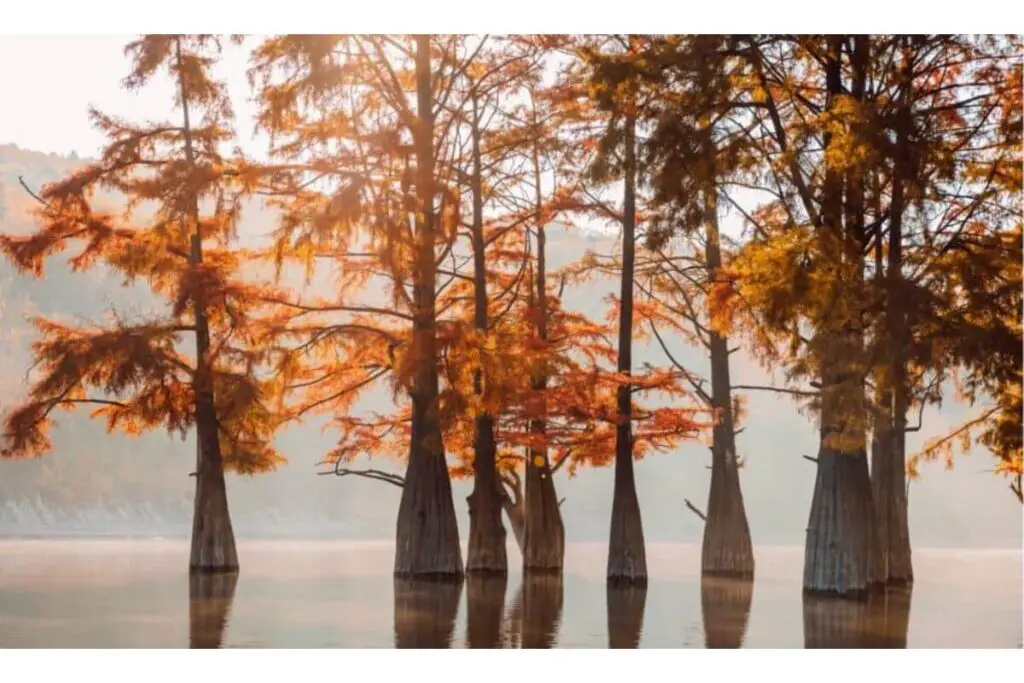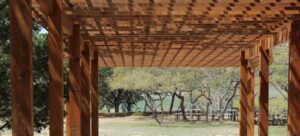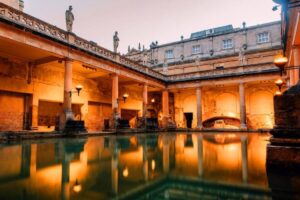Introduction
When it comes to landscaping and choosing the right trees for your outdoor space, the decision can be overwhelming. Two popular choices often considered are the Dawn Redwood and the Bald Cypress. In this article, we’ll delve into the unique characteristics of these two tree species, helping you make an informed choice for your landscape.
Understanding Dawn Redwood (Metasequoia glyptostroboides)
The Dawn Redwood, scientifically known as Metasequoia glyptostroboides, is an awe-inspiring tree that has captured the hearts of many garden enthusiasts. Here, we will explore its key features and why it’s a remarkable choice for your landscape.
Appearance and Growth
Dawn Redwoods are known for their towering height, reaching up to 100 feet or more. They have a distinctive pyramidal shape with feathery, deciduous foliage. During the fall, their needles turn a beautiful coppery red, providing a stunning display of colors in your garden.
Environmental Adaptability
One of the remarkable qualities of Dawn Redwoods is their adaptability to various environments. They can thrive in both moist soils and well-drained areas, making them suitable for a wide range of climates.

Maintenance and Care
Dawn Redwoods are relatively low-maintenance trees. They are disease-resistant and do not require frequent pruning. However, regular watering during dry spells is essential to ensure their health and vitality.
Exploring Bald Cypress (Taxodium distichum)
Now, let’s turn our attention to the Bald Cypress, scientifically known as Taxodium distichum. This tree is another excellent option for your landscape, and we will explore its distinctive characteristics.
Appearance and Growth
Bald Cypress trees are known for their tall, slender trunks and soft, feathery foliage. They can reach impressive heights of up to 120 feet. What sets them apart is their unique feature of developing “knees” or protruding roots when grown in wet or swampy conditions.
Environmental Adaptability
Bald Cypresses are exceptionally adaptable to waterlogged areas and thrive in swampy, marshy soils. They are often seen growing near water bodies, making them an ideal choice for waterfront properties.
Maintenance and Care
Similar to Dawn Redwoods, Bald Cypresses are low-maintenance trees. They are pest-resistant and can withstand flooding, which makes them perfect for regions prone to heavy rains and waterlogging.
Dawn Redwood vs. Bald Cypress: A Comparison
Now that we’ve discussed the individual attributes of these two trees, let’s compare them based on several crucial factors.
1. Size
- Dawn Redwood: Up to 100 feet
- Bald Cypress: Up to 120 feet
2. Foliage
- Dawn Redwood: Deciduous, coppery-red in the fall
- Bald Cypress: Soft, feathery foliage
3. Environmental Tolerance
- Dawn Redwood: Thrives in moist and well-drained soils
- Bald Cypress: Thrives in waterlogged areas
4. Maintenance
- Both trees are low-maintenance and disease-resistant.
Which Tree Should You Choose?
The choice between Dawn Redwood and Bald Cypress depends on your specific landscape and climate. If you have well-drained soil and want a tree that displays vibrant fall colors, the Dawn Redwood is an excellent choice. On the other hand, if your property has wet or swampy areas, the Bald Cypress, with its unique “knees,” is the perfect fit.
Conclusion
In conclusion, both the Dawn Redwood and the Bald Cypress are magnificent trees that can enhance the beauty of your landscape. Consider your soil type, climate, and aesthetic preferences when making your decision. Whichever tree you choose, you can enjoy a low-maintenance, stunning addition to your outdoor space.
FAQs
Can Dawn Redwoods and Bald Cypresses coexist in the same landscape?
While they have different soil preferences, with careful planning, you can incorporate both into your landscape for added variety.
Do Dawn Redwoods and Bald Cypresses attract wildlife?
Yes, both trees can attract various wildlife, such as birds and squirrels, providing a natural habitat.
Are there any special considerations for planting these trees near a water source?
For both species, planting near water sources can enhance their growth, but it’s essential to ensure they receive adequate moisture, especially during dry spells.
Do I need to prune these trees regularly?
Both trees are low-maintenance and typically do not require frequent pruning. Occasional shaping may be necessary.
Can I transplant Dawn Redwoods and Bald Cypresses if needed?
Yes, both trees can be transplanted, but it’s best to do so during their dormant season for minimal stress.



